Let’s Write Right: 5 Tips for Professional Business-Writing

If I wasn’t paranoid before, then nothing will generate anxiety quite like writing an article about writing. The apostrophe, colon, and hyphen in this article’s title are staring right back at me dauntingly, as is the Oxford comma in this sentence after the word ‘colon’. And, yes, those are a pair of inverted commas around ‘colon’, not quote marks. Makes you want to abandon writing altogether, most of speech, and get back to the good old days of grunting around fires outside caves.
By professional business-writing, I’m not aiming at English literature professors or wannabe Shakespeares. (My spellchecker doesn’t like ‘Shakespeares’. It thinks there should be a comma indicating that Shakespeare possesses something. I’m blowing its mind by having plural Shakespeares). And, I’m not holding myself up to be the golden boy of the myriad of competing rules and guidelines of the English language. To me, professional business-writing is about clarity, meaning, efficiency, and effectiveness. What is the POINT of what you’re writing and what are you doing that is helping or hurting that effort?
Not everyone needs to be an English professor but one sure way to diminish your professionalism in the eyes of your staff, customers, or prospects reading what you’ve written is poor business-writing basics. Communication is the single most critical element in engaging people. In an age of text-speak and consulting jargon, one sure way to stand out positively from the crowd and noise is clear, simple, and persuasive written communication skills.
I’ve had several books published, as well as being a regular columnist in industry media. I watch with amazement at professional proofers doing their job. Neither you nor I need to have that level of skill and precision, but we can all improve our results and lessen our regrets by following a few simple principles. I’m not calling them ‘rules’. The thing with English is that every time you have a rule, you soon find many exceptions. I before E anyone?
In one of my workshops, I met a trainee who ran a clothing boutique. They’d sent out a mailbox drop in their neighbourhood promoting their latest fashion arrivals. Their intention was to communicate that many of the shoes matched up nicely with many of the trousers on offer. They referred to this matching as, “These shoes are complimentary with these pants”. Unfortunately, what they meant was, “These shoes are complementary with these pants”. You see, one of those words means ‘matching’ but the other one means ‘free’.
Here are what I think are five useful tips. Insert colon to indicate the beginning of a list… or an ellipses to be cute which is probably professional for me but perhaps not a law firm…
1. Write from the reader’s point of view
Are you including information useful and relevant to the reader or just brain dumping to get it out of your head or make you look like an expert? They don’t have time to read everything and there is a lot of competition for their attention. How often are you using the words “you” and “your” compared to “me”, “my” and “I”?
2. Ambiguity is the enemy
I saw a billboard advertising ice cream that was, “97% fat-free and gluten-free”. Can a gluten-intolerant person eat that ice cream? It’s ambiguous. I saw a magazine cover, “Rachel Ray loves cooking her family and her dog”. How do her family and dog feel about this?
3. If in doubt, leave it out
If you’re not sure, how can you be sure they’re sure? If you can’t explain to me where and why you might use the word ‘whom’, then don’t use that word.
4. Less is more
Do I need to expand this? I hope not.
5. Purposefulness
What is the purpose of your document? Is it to sell, influence, or inform? Should that one email be three emails instead? Check all your ideas that you might include back against the over-riding purpose of the document. If it isn’t working for your purpose, it’s working against it. Leave it out or append it.
Posted on January 31, 2023, in Employee Engagement. Bookmark the permalink. Leave a comment.
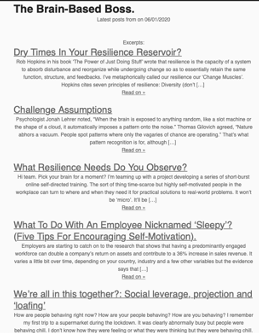
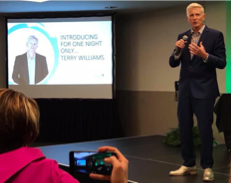


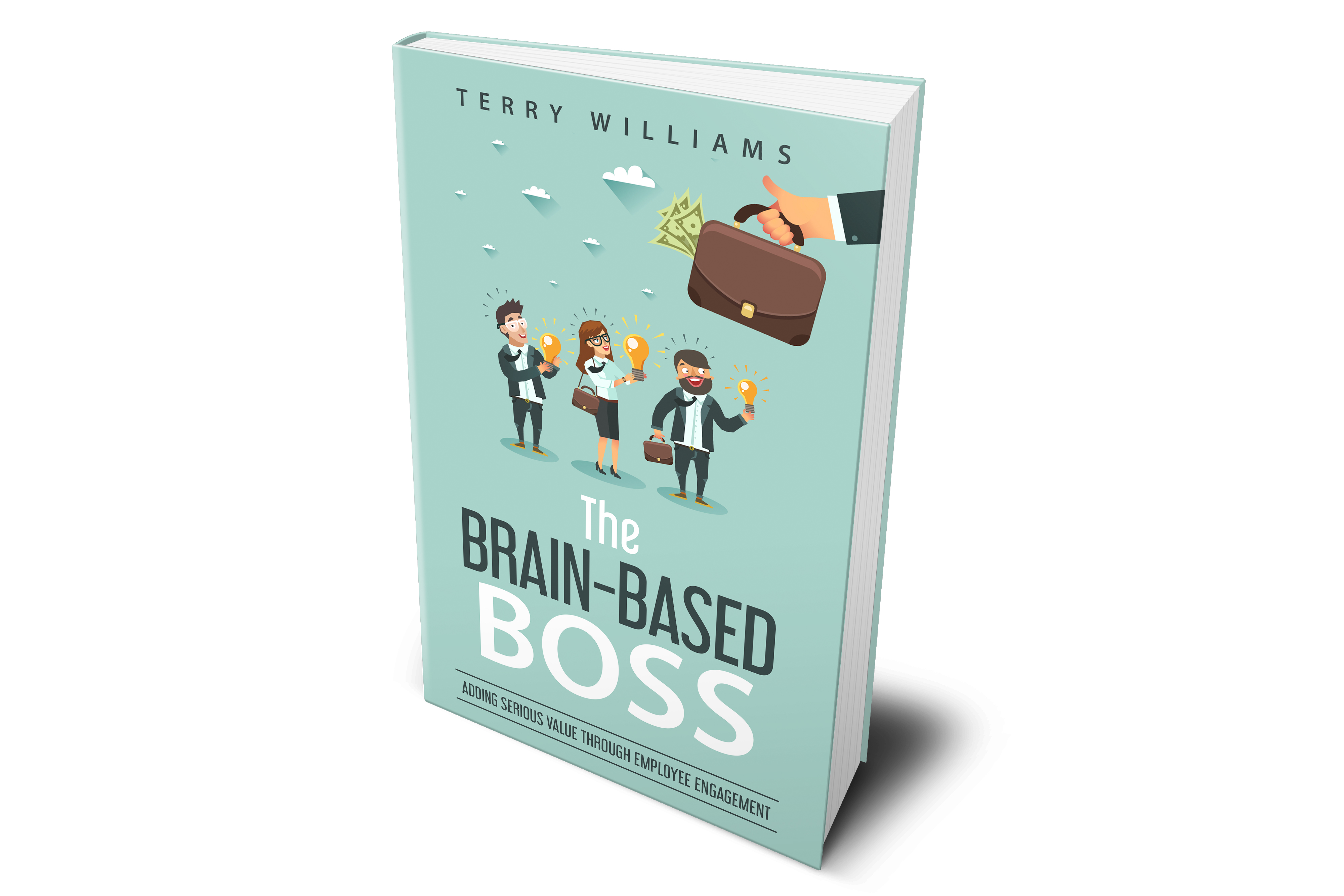


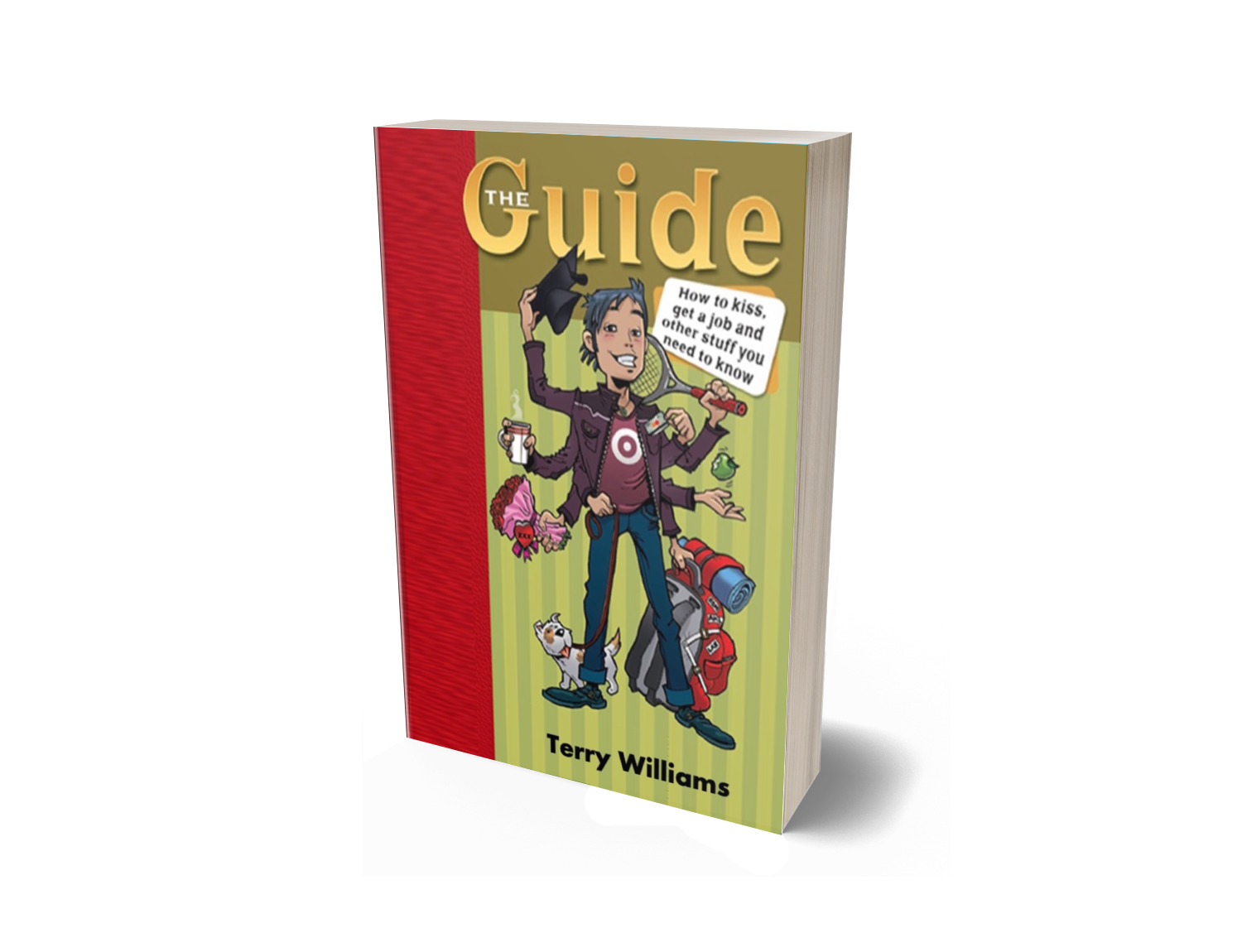
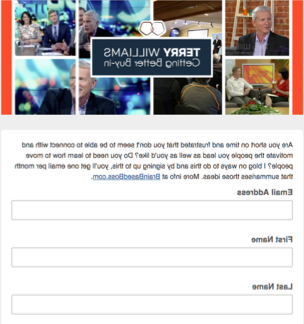
Leave a comment
Comments 0